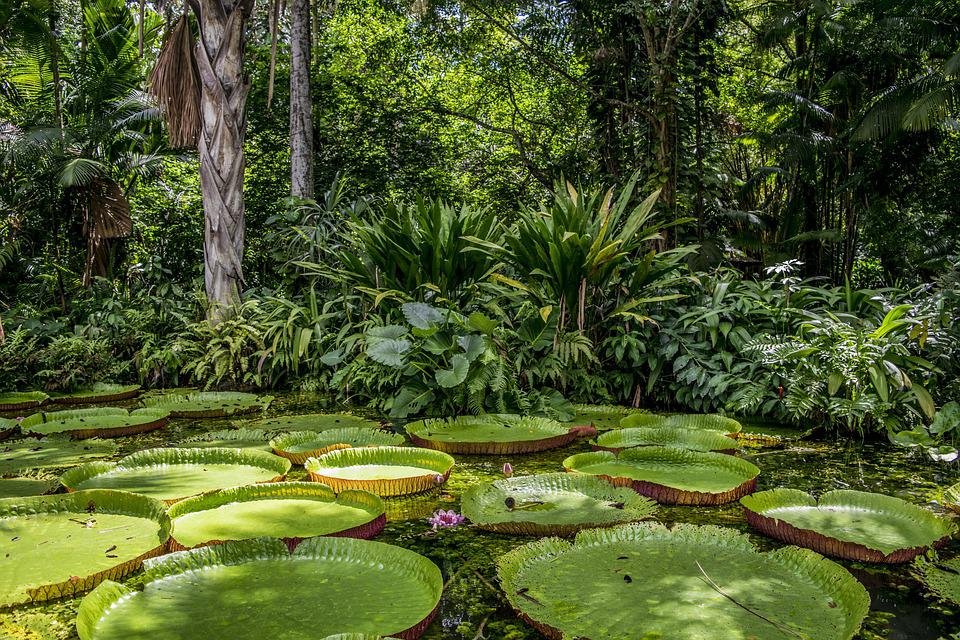can you tell me which one biome you are living? In school, all students must learn what the six Brazilian biomes are, but do you remember what they were? Years after science and geography classes, you may have forgotten one or more of them!
But before we continue, it’s important to define exactly what it is. biome: They are environments that host different plant and animal species. We have six of these in Brazil: AmazonCaatinga, Cerrado, atlantic forestPampas and Pantanal.
Check out the composition of each below biome and its features.
Amazon
This Amazon this is the biggest biome It covers about 49% of the territory of Brazil and the country. It is home to more than 2,500 tree species and 30,000 plant species. Its basin is the largest in the world, covering an area of approximately 6 million square kilometers with 1,100 tributaries.
20% of the world’s water availability Amazon. The main river in the region is the Amazon, which empties into the Atlantic Ocean and releases about 175 million liters of water per second into the sea.
Because the forest lives from its own organic matter, its balance is delicate and extremely sensitive to any interference. Thus, the harm done to man in this case biome often irreversible.
Caatinga
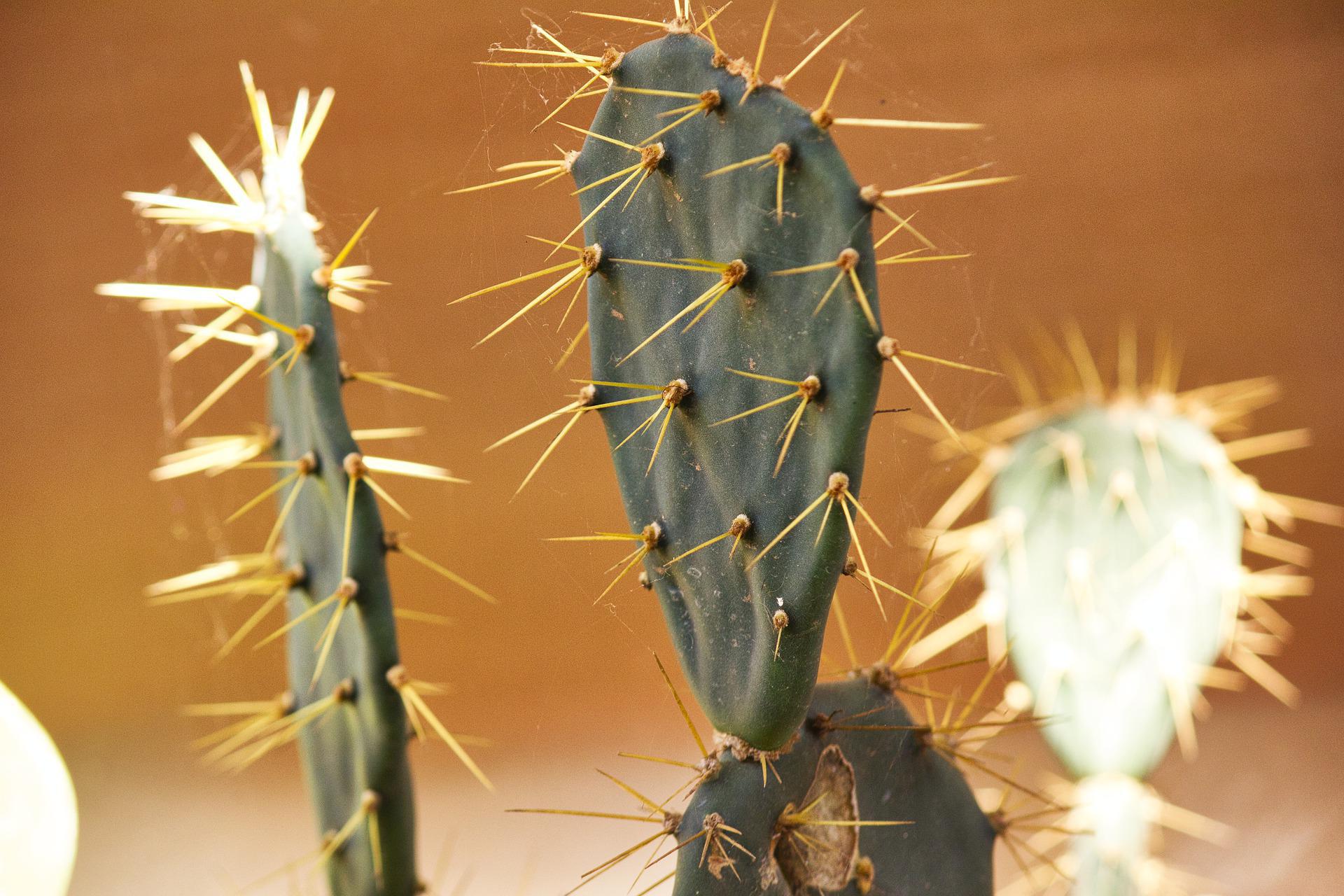 jcphoto/Pixabay.
jcphoto/Pixabay. Caatinga is equivalent to 11% of Brazil’s land. It covers 70% of the Northeast Territory and includes Alagoas, Bahia, Ceará, Maranhão, Pernambuco, Paraíba, Rio Grande do Norte, Piauí, Sergipe and northern Minas Gerais. from the original area biomeabout 36% are already human-modified.
27 million people live in the region. Rich in biodiversity, it is home to 178 mammal, 591 bird, 177 reptile, 79 amphibian, 241 fish and 221 bee species.
Although it is located in a semi-arid climatic region, biome It offers a wide variety of landscapes, relative biological richness, and has species that occur only in its region.
thick
 Rosario Xavier/Pixabay.
Rosario Xavier/Pixabay. Cerrado is located mainly on the Brazilian Central Plateau and occupies about 22% of the national territory. This biome It holds 5% of the planet’s biodiversity and is considered the richest savanna in the world.
There are 11,627 species of native plants, 199 mammal species and 837 bird species in the region. It also hosts 1,200 fish species, 180 reptile species and 150 amphibian species.
Until the 1950s Cerrado remained virtually unchanged, but with the transfer of the federal capital to Brasília in the 1960s, the native vegetation was gradually replaced by livestock and intensive agriculture.
atlantic forest
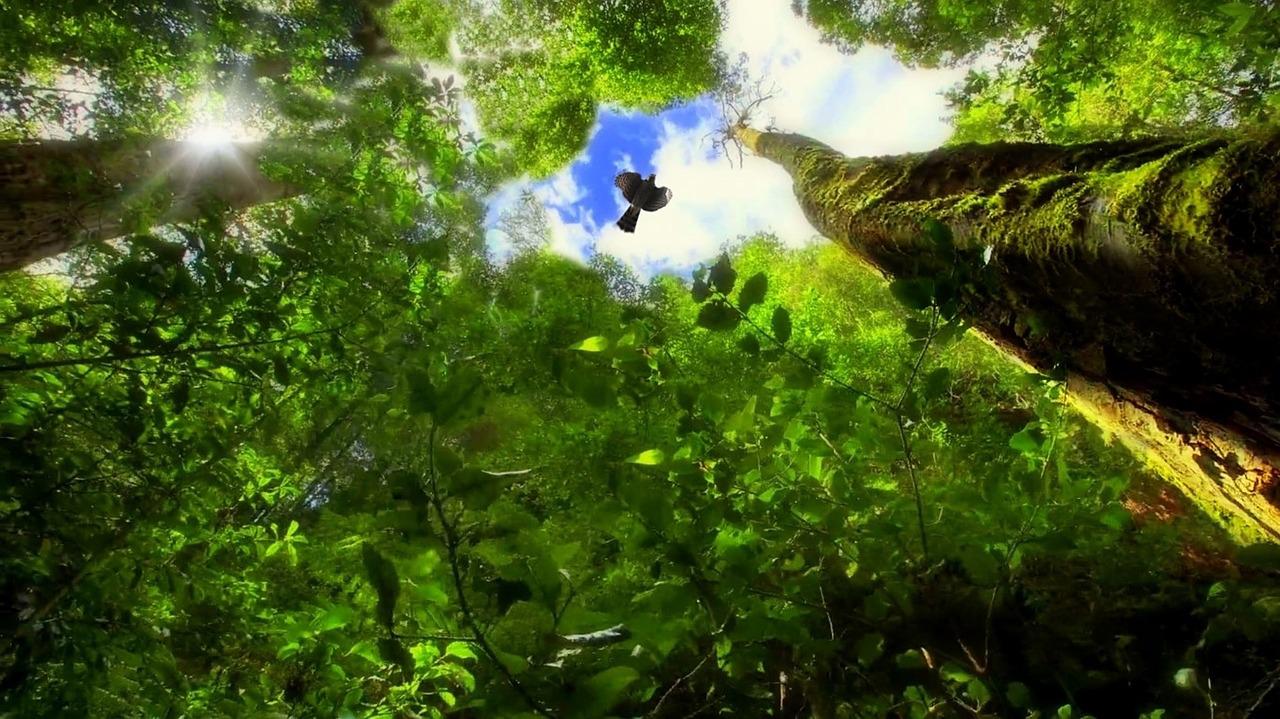 Iva Castro/Pixabay.
Iva Castro/Pixabay. This biome atlantic forest It occupies about 15% of the national territory and is located in the coastal zone occupied by more than 50% of the Brazilian population; this is one of the reasons why only 27% of the original forest cover is preserved.
It is estimated that it is one of the richest regions in the world in terms of biodiversity and is home to approximately 20,000 plant species, 850 bird species, 370 amphibians, 200 reptiles, 270 mammals and 350 fish.
From indigenous forest formations (Dense Ombrophyll forests; Mixed Ombrophyll Forests – Araucaria Forest; Open Ombrophyll Forests; Semi-Deciduous Seasonal and Leafy Seasonal forests) and associated ecosystems (mangroves, resting vegetation, high altitude fields, inland marshes and forest settlements in Turkey) ) occurs. northeast).
pampas
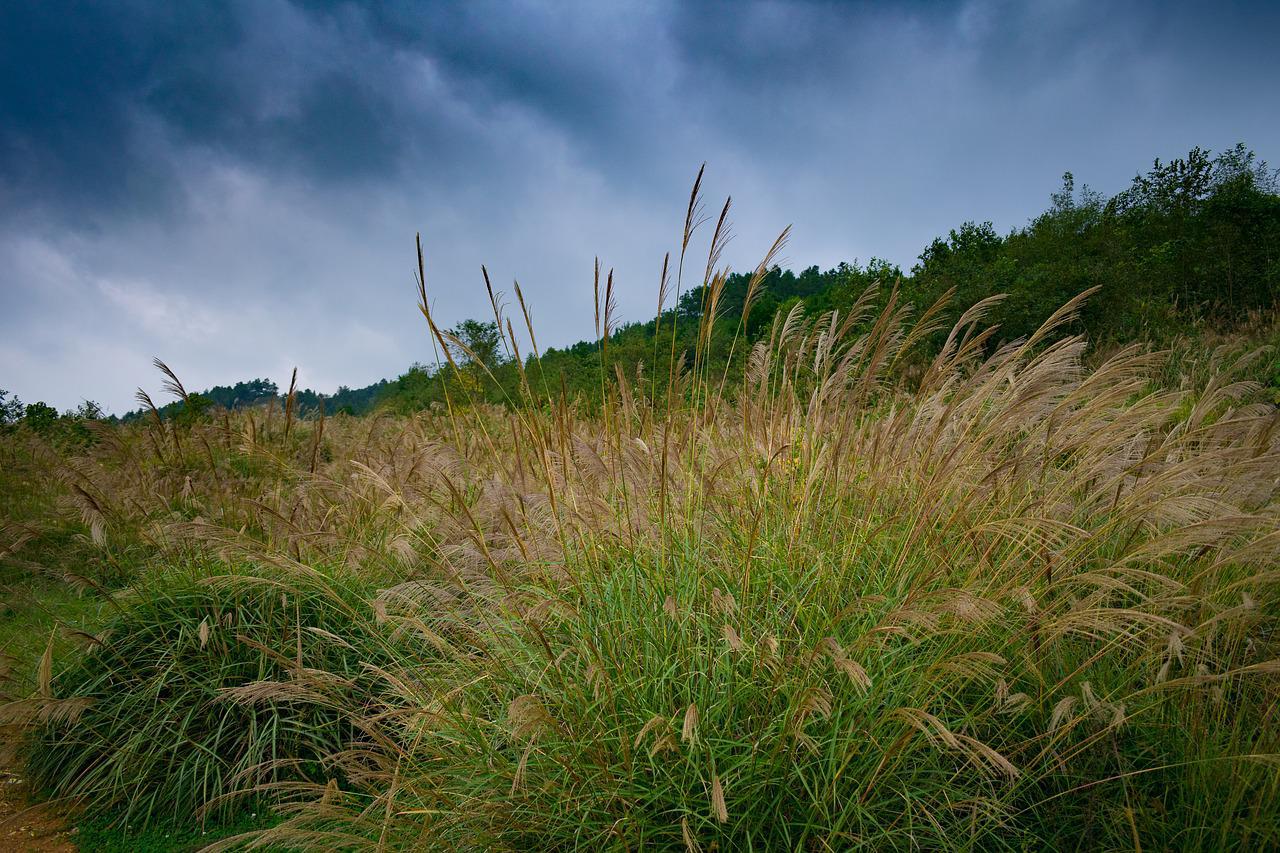 lin2015/Pixabay.
lin2015/Pixabay. This biome It occupies about 2% of Brazil’s territory and is limited to the state of Rio Grande do Sul. In it, human activities standardized the vegetation that is now mainly used as natural pasture or engaged in agricultural activities such as rice cultivation. Most of the Guarani aquifer is found in it.
This biome It has about 3,000 plant species, almost 500 birds, and more than 100 land mammals, including pampas deer.
wetland
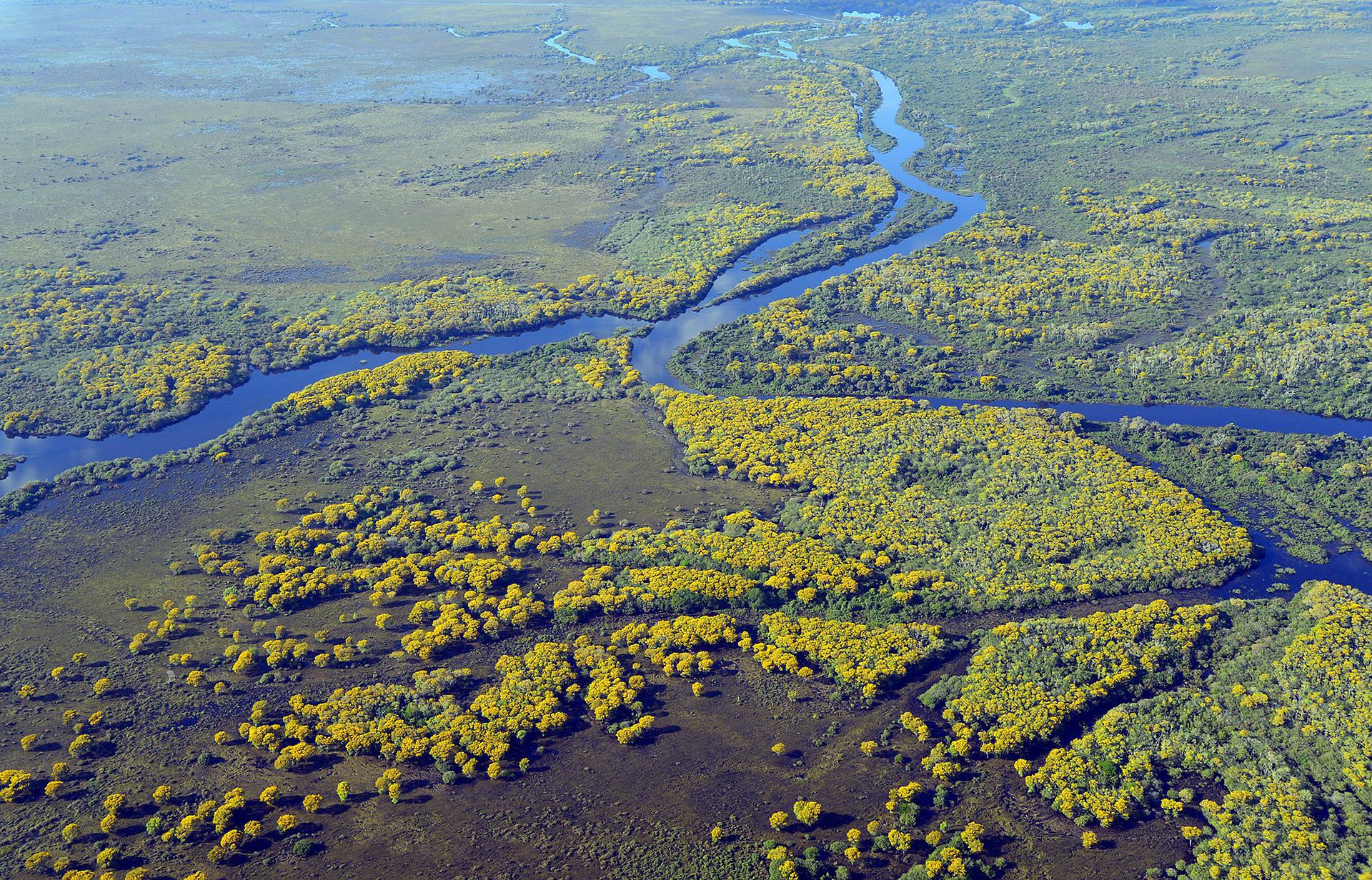 Jose Sabino/Pixabay.
Jose Sabino/Pixabay. It has even been depicted in a novel, this biome It is considered one of the largest continuous wetlands on the planet and occupies 1.76% of the total area of Brazilian territory. Despite human movement, they preserve about 83% of the natural vegetation.
It hosts 263 fish, 41 amphibians, 113 reptiles, 463 bird and 132 mammal species. About two thousand plant species have already been described in the Pantanal and classified according to their potential as medicinal.
Conservation of vegetation biomes their existence and the continuation of the habitats of the species that inhabit them, and the maintenance of the environmental services they provide to us – such as carbon sequestration – and goods essential to human survival, such as water and oxygen. .
So there’s still life inside of us biomespublic environmental policies, identification of conservation opportunities and sustainable use of the benefits of biodiversity.
And now, can you answer definitively? biome Does it belong to the area you live in?
Source: Tec Mundo
I am Bret Jackson, a professional journalist and author for Gadget Onus, where I specialize in writing about the gaming industry. With over 6 years of experience in my field, I have built up an extensive portfolio that ranges from reviews to interviews with top figures within the industry. My work has been featured on various news sites, providing readers with insightful analysis regarding the current state of gaming culture.






